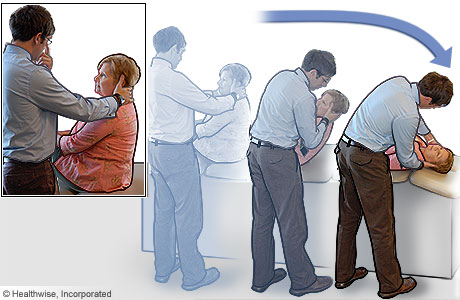
For this test, you are seated on an exam table. The doctor may ask you to look at their nose the whole time the test is done.
- The doctor first turns your head to one side and then lowers your head to the table.
- The doctor watches your eyes for nystagmus. Nystagmus is a rapid, rhythmic movement of the eyes.
- If you get dizzy and the doctor sees nystagmus, then the doctor knows that the ear pointed to the floor is the affected ear.
- If the doctor does not see nystagmus, the doctor repeats steps 1 and 2 on the other side to check your other ear.
The timing of the onset of dizziness helps the doctor locate the cause of the vertigo.
- The doctor then helps you back to the upright position.
Current as of: December 3, 2024
Author: Ignite Healthwise, LLC Staff
Clinical Review Board
All Ignite Healthwise, LLC education is reviewed by a team that includes physicians, nurses, advanced practitioners, registered dieticians, and other healthcare professionals.
Current as of: December 3, 2024